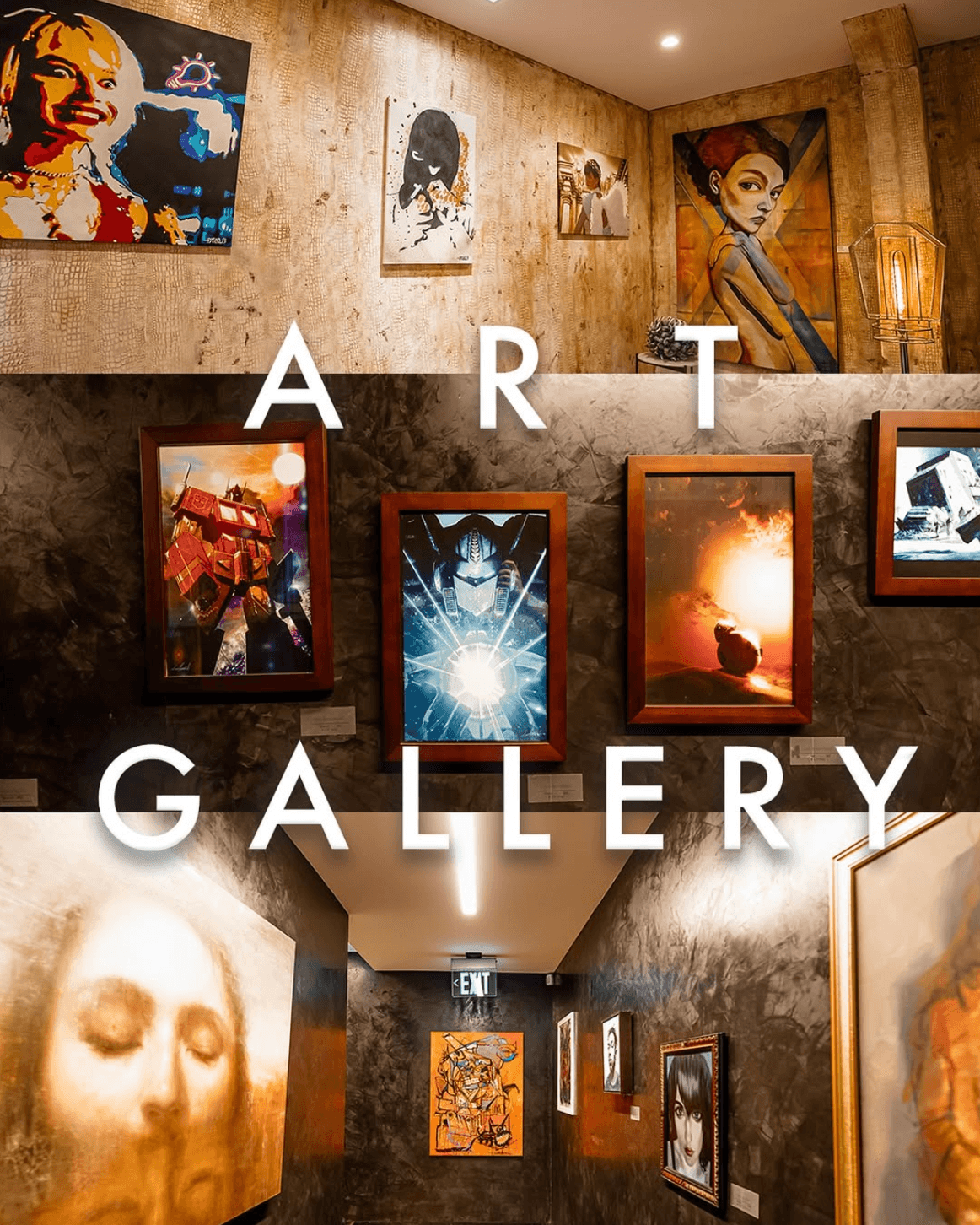Alright – so today we’ve got the honor of introducing you to Shaun Fabos. We think you’ll enjoy our conversation, we’ve shared it below.
Shaun, appreciate you joining us today. Coming up with the idea is so exciting, but then comes the hard part – executing. Too often the media ignores the execution part and goes from idea to success, skipping over the nitty, gritty details of executing in the early days. We think that’s a disservice both to the entrepreneurs who built something amazing as well as the public who isn’t getting a realistic picture of what it takes to succeed. So, we’d really appreciate if you could open up about your execution story – how did you go from idea to execution?
Fab Factory Studios started with a vision—me and my dad, Steve Fabos, didn’t want to build “just another studio.” We wanted a space that felt different, one that would actually inspire people. But the space we found? Total wreck. People came through and told us we were crazy, that we’d lose everything. But I could see it.
The next step was full-on grind mode. We had to gut the place, rebuild from scratch, and figure out how to make this space functional and creative. Everything had to be thought through—security, layout, acoustics, vibe, gear. I had to figure out how to create a place that felt like no other. And at the same time, I was building a team, handling logistics, navigating permits, you name it.
It took years—not months—to get from idea to buzz. At first, people weren’t coming. It wasn’t a “build it and they will come” moment. It was “build it, fight to get noticed, prove it, and keep showing up.” But we stayed persistent, and now when people walk in, they’re like, “Why have I never heard of this place?” That’s when you know you built something special.

Awesome – so before we get into the rest of our questions, can you briefly introduce yourself to our readers.
For anyone just learning about me, I started in sound as a Foley artist at a major post-production house, then transitioned into the music world, working at big studios where I learned the craft of mixing and eventually started producing EDM for fun. But I always had this bigger vision—to create a space that wasn’t just a studio, but an environment that fuels creativity on every level.
The place I run now, Fab Factory Studios, isn’t your typical recording space. It’s a multi-purpose creative compound where artists, producers, engineers—anyone in the music or visual space—can walk in and feel inspired. We’ve got rooms for Atmos mixing, live sessions, dance rehearsals, content creation, even a gym and an industrial kitchen. Plus, freshly-baked cookies. Every detail, down to the no-black-couches rule, was designed to make sure this space feels nothing like anywhere else.
What do we offer? End-to-end creative capability. Artists come here to write, record, rehearse, produce, shoot content, and connect with other creatives—all under one roof. We’ve got full security, privacy, and a vibe that helps artists unlock something they didn’t even know they had. What sets us apart is exactly that—the vibe, the attention to detail, the culture. This isn’t just gear and rooms. It’s a feeling.
What I’m most proud of is the reaction we get when people walk in: “This is one of the most incredible studios I’ve ever seen.” That, and the fact that we built it from scratch—no one handed this to us.
What I want people to know is: if you’re serious about your craft and looking for a place that actually supports your vision—creatively, professionally, personally—we’re here. This place was built by creatives, for creatives. It’s not corporate. It’s not sterile. It’s real. And that’s rare.

Have you ever had to pivot?
The biggest career pivot was stepping away from mixing. That’s why I got into the music industry in the first place. I was grinding hard, learning the craft, working in studios, and building my name as a mixer. But when we launched the studio, it was a beast. It needed someone to run it full-time, and my dad, Steve, asked me to step in. At first, it was rough—I felt disconnected from the one thing I loved most. But I realized I could still be creative, just in a different way. Designing the space, curating the vibe, helping develop artists—it’s all creative. It wasn’t the path I thought I’d take, but I’ve found a new version of myself through it.

Any advice for growing your clientele? What’s been most effective for you?
Word of mouth and real connections—period. This business is all about who you know, and building trust. Early on, we thought it would be like Field of Dreams—build it and they’ll show up. But that’s not how it works. We brought in my colleague Chris, who’s incredible at networking, and he started putting us in the right rooms—backstage with bands, talking to ANRs, getting people curious. Once people actually come through and feel the vibe, they get it. We also made sure the space speaks for itself—so when someone leaves here, they’re telling the next person, “You’ve got to check this place out.” That’s how we grow—one real connection at a time.
Contact Info:
- Website: https://fabfactorystudios.com
- Linkedin: https://www.linkedin.com/in/shaun-fabos-48ab2573/
- Twitter: https://x.com/shaunrfabos

Image Credits
Fab Factory Studios website and Instagram.


